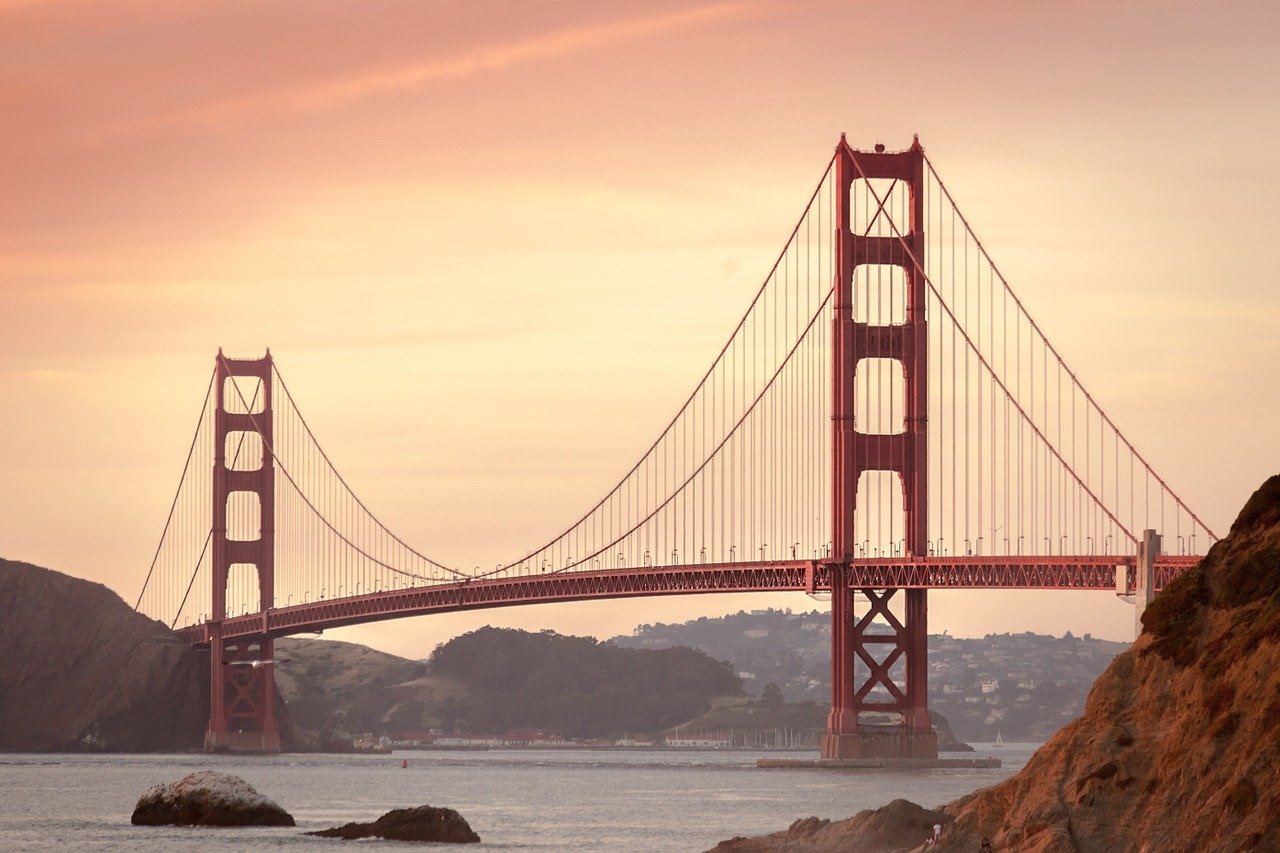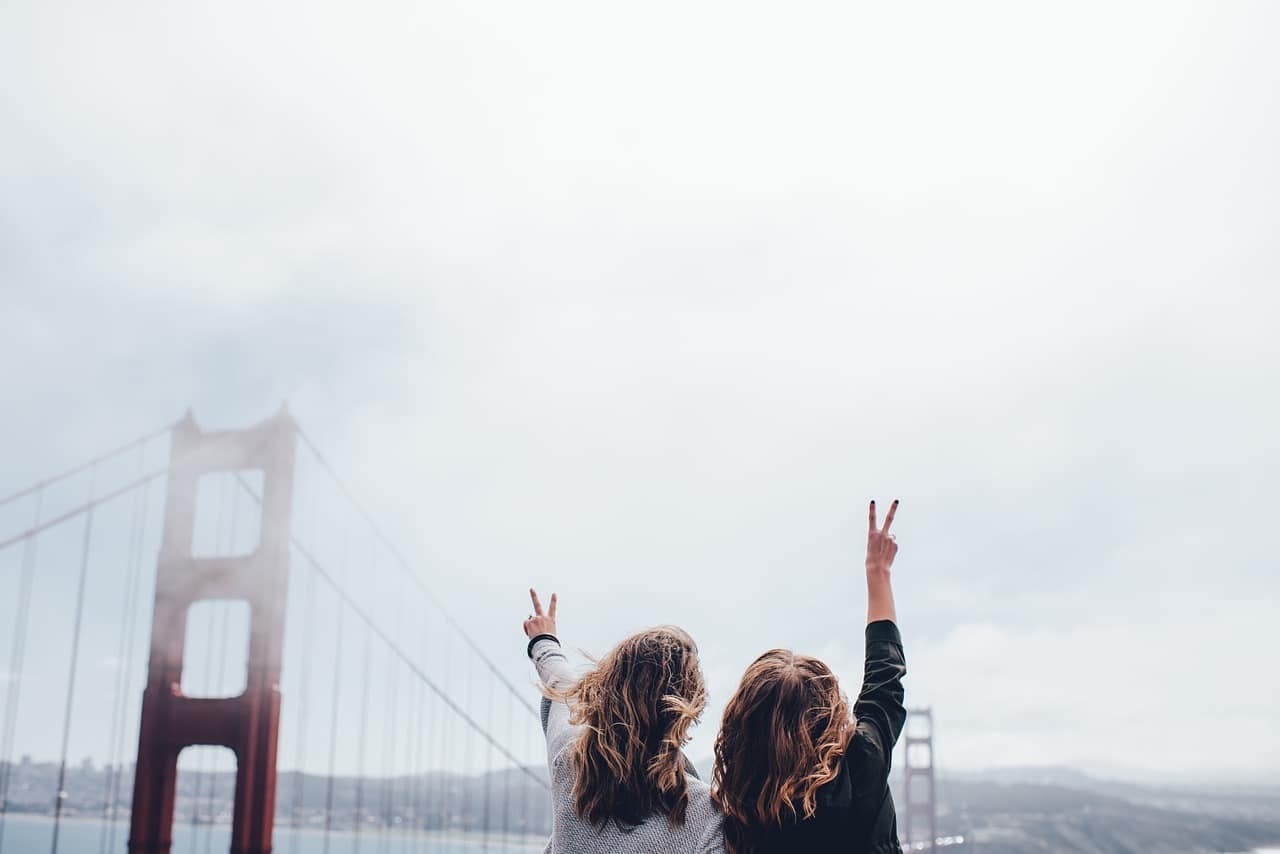
The San Francisco Bridge is the postcard of the city that everyone takes home during a stay on the West Coast as it is a tourist destination visited by more than 10 million people a year.
This feat of engineering that links Mari County in California with San Francisco has become an icon due to its strategic location and its peculiar color. At night, by day and almost always in fog, a multitude of filmmakers, writers and composers have forged a legend around the bridge since its construction over San Francisco Bay.
It is a suspension bridge that crosses the Golden Gate Strait, a channel almost three kilometers long that connects the city's bay with the Pacific Ocean. Before its construction there was a regular ferry service but obviously the need for a bridge was imperative. The Crisis of 29 delayed construction but it finally began in 1933 and ended in 1937.
Today you can go hiking or a simple walk or ride a bike or take a tour. It has its own Visitor Center with historical information and souvenir sales. This office is open from 9 am to 6 pm and there are often interactive exhibits outside. Twice a week there are free guided tours, on Thursdays and Sundays.

What is it about the Golden Gate Bridge that makes it different?
- It is named after the strait in which it is built. But why Golden Gate? It was baptized in this way by Captain John C. Fremont around the year 1846 since it reminded him of a port in Istanbul called Chrysoceras or Golden Horn.
- Its striking design is the work of a couple of architects, Irving and Gertrude Morrow, who simplified the railings for pedestrians, separating them in a way that does not obstruct the view.
- Its construction lasted just over four years since it began on January 5, 1933 and the bridge was opened to vehicular traffic on May 28, 1937.
- It has an approximate length of 1.280 meters in its hanging part over the waters, it is suspended by two towers of 227 meters high, each of which has approximately 600 thousand rivets.
- The winds and tides to which its location is subjected made the steel wires used for its construction to have an excessive length, enough to surround the earth three times. The skepticism of the engineers and ecologists of the time determined that these wires were five times stronger than necessary.
- When choosing orange, orange was selected as it combines well with the natural environment, since it is a warm color in line with the colors of the terrain, as opposed to the cold colors of the sky and the sea. It also provides better visibility for vessels in transit.
- Its appearance requires a lot of effort: your painting must be retouched almost daily. The saline content of the air corrodes the steel components that make it up.
- It has six lanes, three in each direction, and other special ones for pedestrians and bicycles. Pedestrians and bicyclists can cross on sidewalks during the day. On weekdays, pedestrians and bicyclists share the east sidewalk, but on weekends, bicyclists use the west sidewalk.
- Since its construction, it has withstood different earthquakes, such as the well-known great earthquake in San Francisco in 1989. In addition, it has only closed three times due to strong winds.